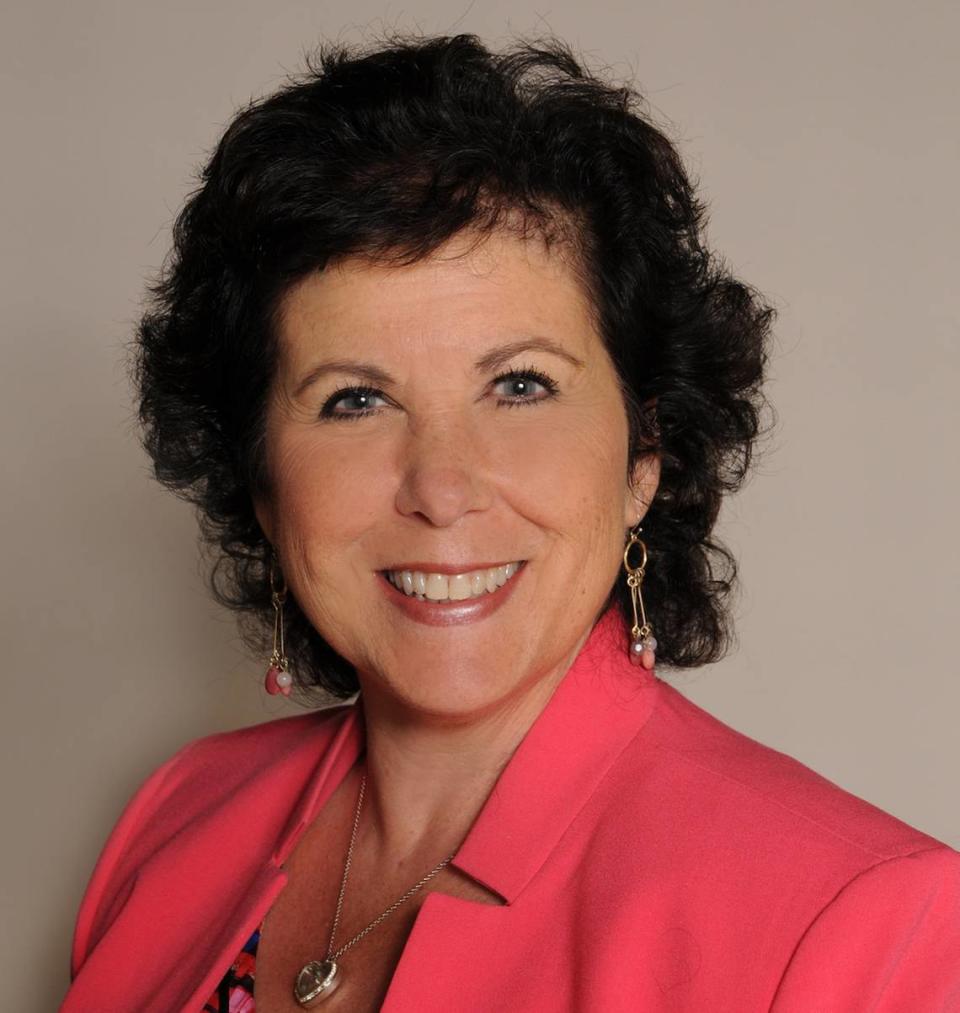When it comes to literacy rates, Florida’s in the basement. But we’re getting students to read | Opinion
As we face several crises in and around our communities, it’s easy to forget the one going on in Florida’s classrooms. According to the Educational Opportunity Project at Stanford University, this state has the nation’s worst overall learning rates, ranking No. 43 in literacy rates alone.
Our learning rates don’t exist in a vacuum — low literacy rates among children typically lead to fewer job opportunities and higher rates of poverty during their lifetime. As educators, we need to nip this in the bud.
In Broward County, that’s exactly what we’re doing. We’re employing all possible techniques to ensure that students get every opportunity to thrive in an environment where they feel welcomed, appreciated and respected.
And it’s working. In Florida, 39% of elementary students tested at or above the proficient level for reading. In Broward County Public Schools, that number goes up to 55%.
What’s our secret? And how can other counties in Florida — and across the entire country — follow suit?
There’s no one thing that principals or teachers can do to make all of their students’ problems disappear. But there are a couple of smaller actions that that can be done on a daily, monthly or yearly basis to transition a classroom into a more inclusive place for children to learn and grow, which will ultimately lead to better literacy rates and overall outcomes for students.
The first thing educators can do is simple: Work together and learn from others. Every year, Broward County teams up with national organizations, such as Jumpstart for Young Children, that have experience in increasing literacy rates, promoting social-emotional development and directly applying these strategies in the classrooms. For the past nine years, we’ve distributed more than 40,000 books a year to children across the county, and our partnership with Jumpstart’s annual Read for the Record program has helped our students foster a fun, communal relationship with reading.
Read for the Record is a global campaign to provide access to high-quality children’s books and bring together over 2 million readers across thousands of classrooms, libraries and communities. Not only does the campaign celebrate early learning (and the early learners themselves), but it also promotes language development and reading confidence. Each year, the campaign chooses one book to serve as the central tenet of the campaign — a book with characters that reflect the diversity of our classrooms back to the young, impressionable readers.
The next thing educators can do to improve students’ experience: Increase diverse representation in the classroom. Studies have shown that children are able to retain more information and better understand books when they see themselves and their culture represented in the material they’re reading. Children get excited when they see characters who look like them, sound like them and who share similar experiences; it affirms them and makes them feel as though they are part of something bigger. In Broward County — a school district where 79.1% of the population are students of color — representation is not just important, it’s necessary.
In Broward County, one in four children have immigrant parents. And this year’s Read for the Record book, “With Lots of Love,” allows those children see a reflection that they may have never seen before. The main character is a young immigrant girl, struggling to fit into her new life in America while trying to retain the connection to her culture and family in Mexico. Immigrant children can see someone who looks like them in the pages of a book the teacher or volunteer is reading aloud to the class. While this is happening, their classmates are beginning to think deeply about the immigrant experience and their feelings. Consciously or not, classmates begin to develop empathy.
That is the beauty of representation. Not only is it a mirror for children to see reflections of themselves; it also is a window into other cultures, allowing children to see what it’s like to feel as others feel. This kind of empathy and acceptance is crucial for childrens’ development and growth.
If we want to address the literacy crisis that still looms over a post-pandemic America, we must start by creating an environment in which children can be themselves, where they can feel safe and supported. We must show children that they are loved for their differences and for their experiences, not in spite of them.
Once our children begin to accept these truths, they will be unstoppable. And we will be there right beside them, supporting them every step of the way.
Naila Bolus is CEO of Jumpstart for Young Children. Cindy Arenberg Seltzer is president and CEO of the Children’s Services Council of Broward County.



